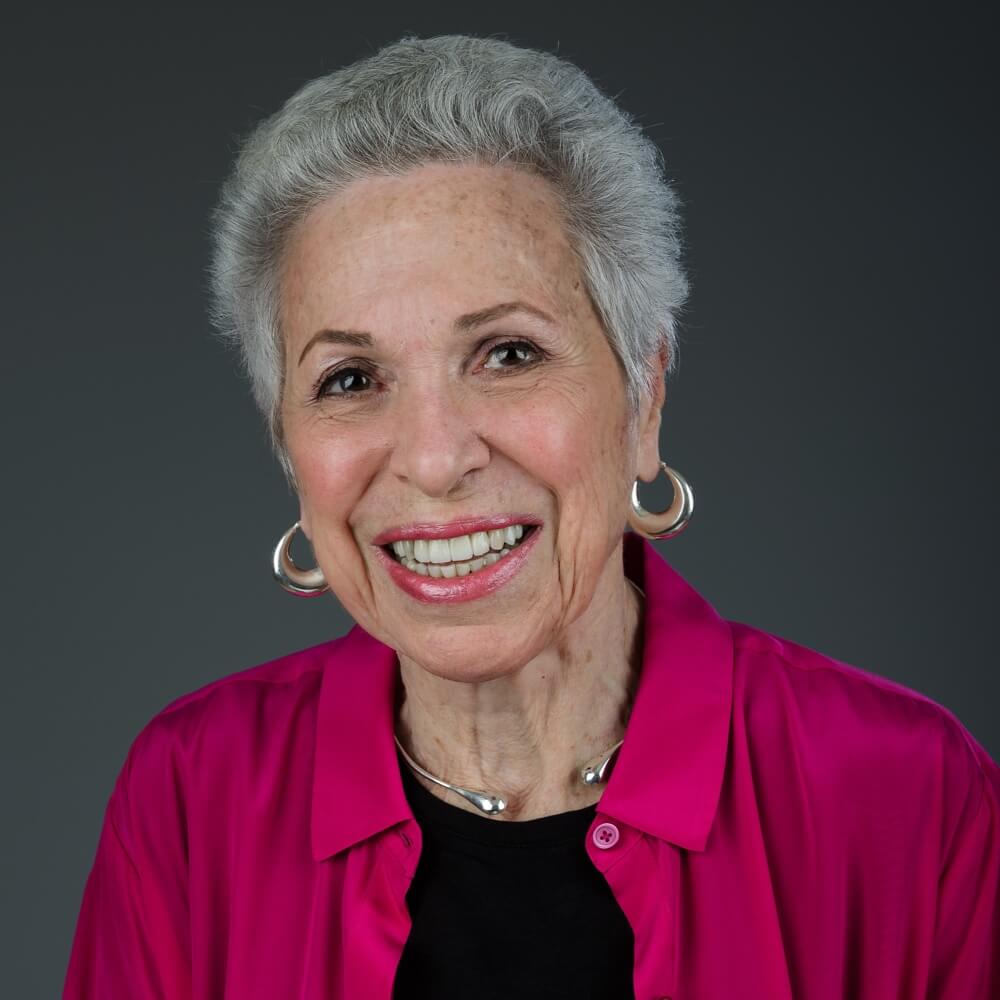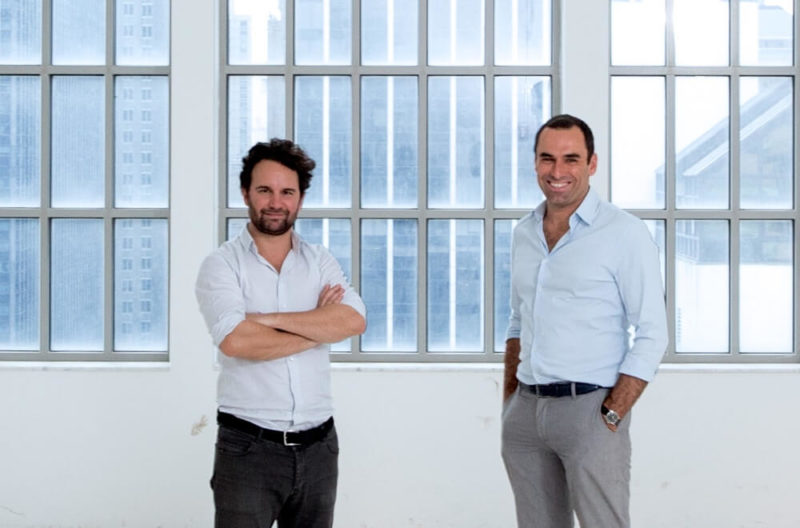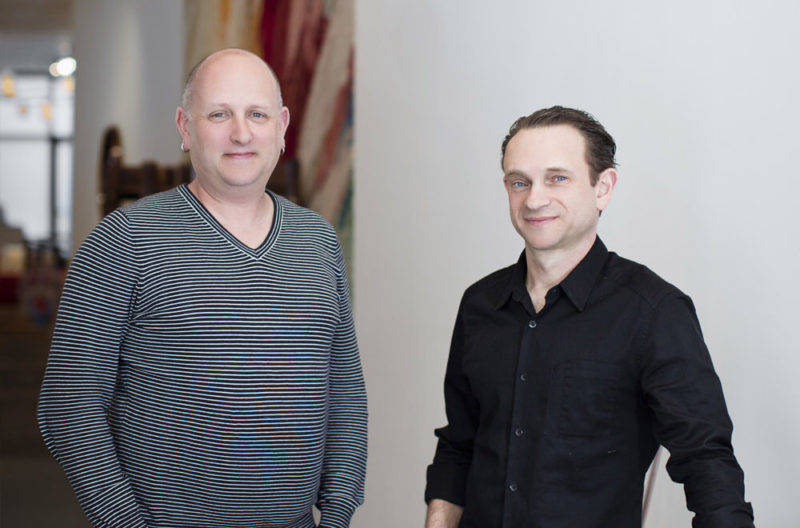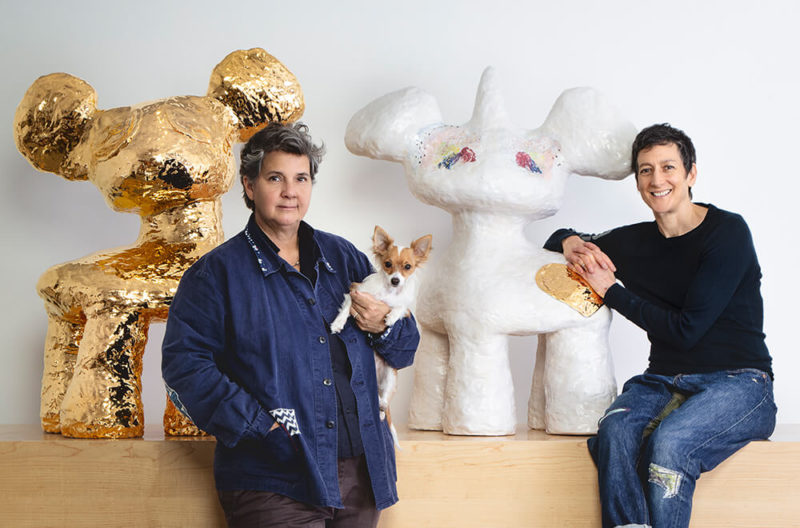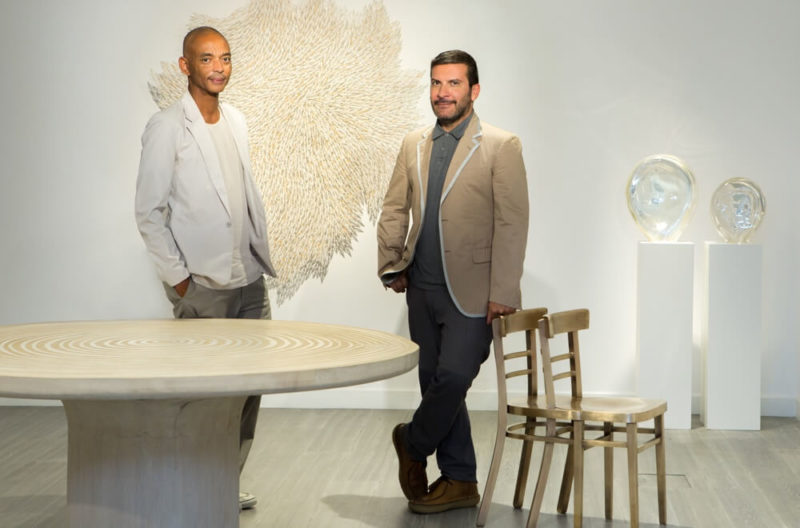In The Hot Seat / Gallery ALL
Five years on, the youngest dealers in the collectible design world are successfully developing 21st century Chinese design.
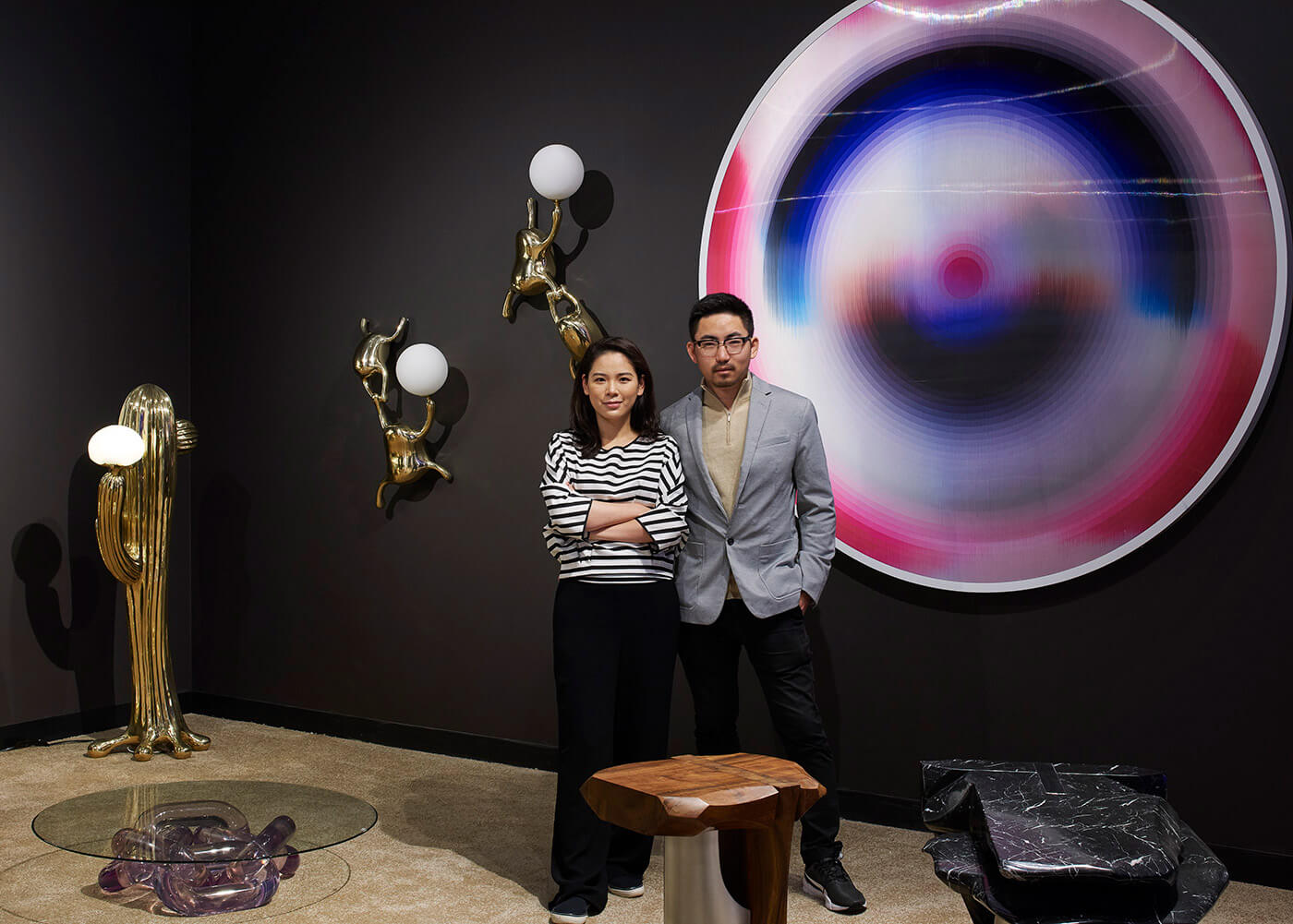
Yu Wang and Xiao Lu
COURTESY: Gallery ALL
The Design Edit met with the husband-and-wife team, Yu Wang and Xiao Lu, principals of five-year-old Gallery ALL, which has been carving out a position as the leading source of avant-garde Chinese design art.
What did you do before starting the business?
Yu: We were both from Beijing. I came here to Arizona State University to study architecture, then took a master’s in real estate development. I started building and selling houses, but I always liked design, and decided a gallery would be a good way to get involved in the field.
Xiao: We were basically friends from high school. I came to California for graduate study at USC in public policy. I thought I’d do corporate consulting, or maybe law school. I didn’t imagine I’d be working with art. But one day Yu said “Why don’t we open a gallery?”
Yu: We worked together for a while, and then got married.
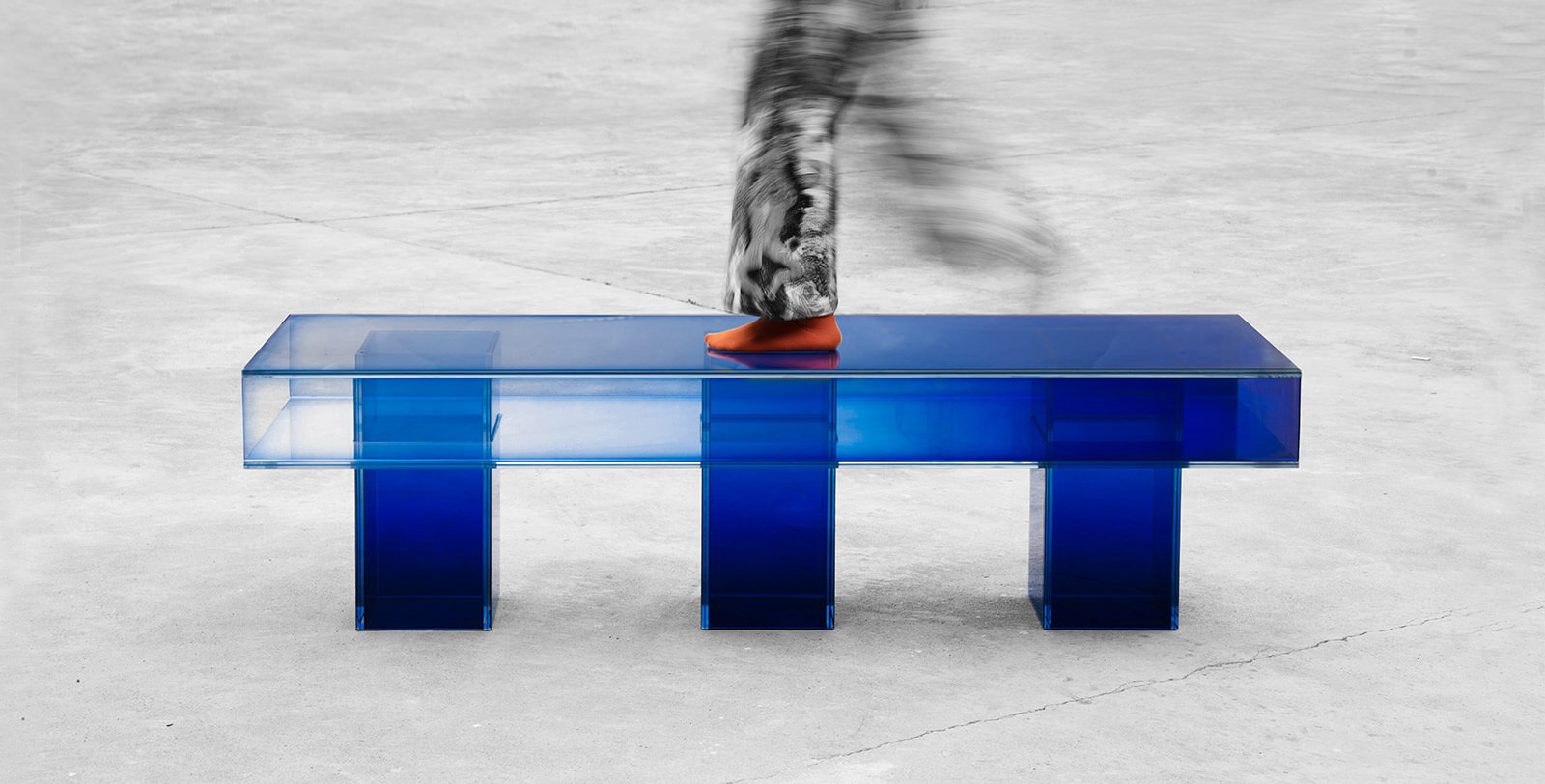
Studio BUZAO, ‘NULL – Bench’, 2018
COURTESY: Gallery ALL
What’s special about your gallery?
Yu: We’re making fine limited-edition designs in China. We’ve developed relations with several factories – a foundry, a metal fabricator, a facility for resin casting, one for glass laminating – and we invest in all the production. Getting similar things made in Europe might cost ten times as much, or wouldn’t be realistic to do at all. So we can offer a big advantage to designers, not only getting their products made, but being able to sell them at market prices.
What did you have in mind at the start?
Xiao: We thought we’d open the Chinese market, but that didn’t work out.
Yu: We were too early, so we developed the US market. But we think the future of our market will be Chinese.
Xiao: We didn’t understand the market, so we decided to learn how the business works and bring it back to China. We do art fairs, as well as design fairs, so we can understand the different audiences.
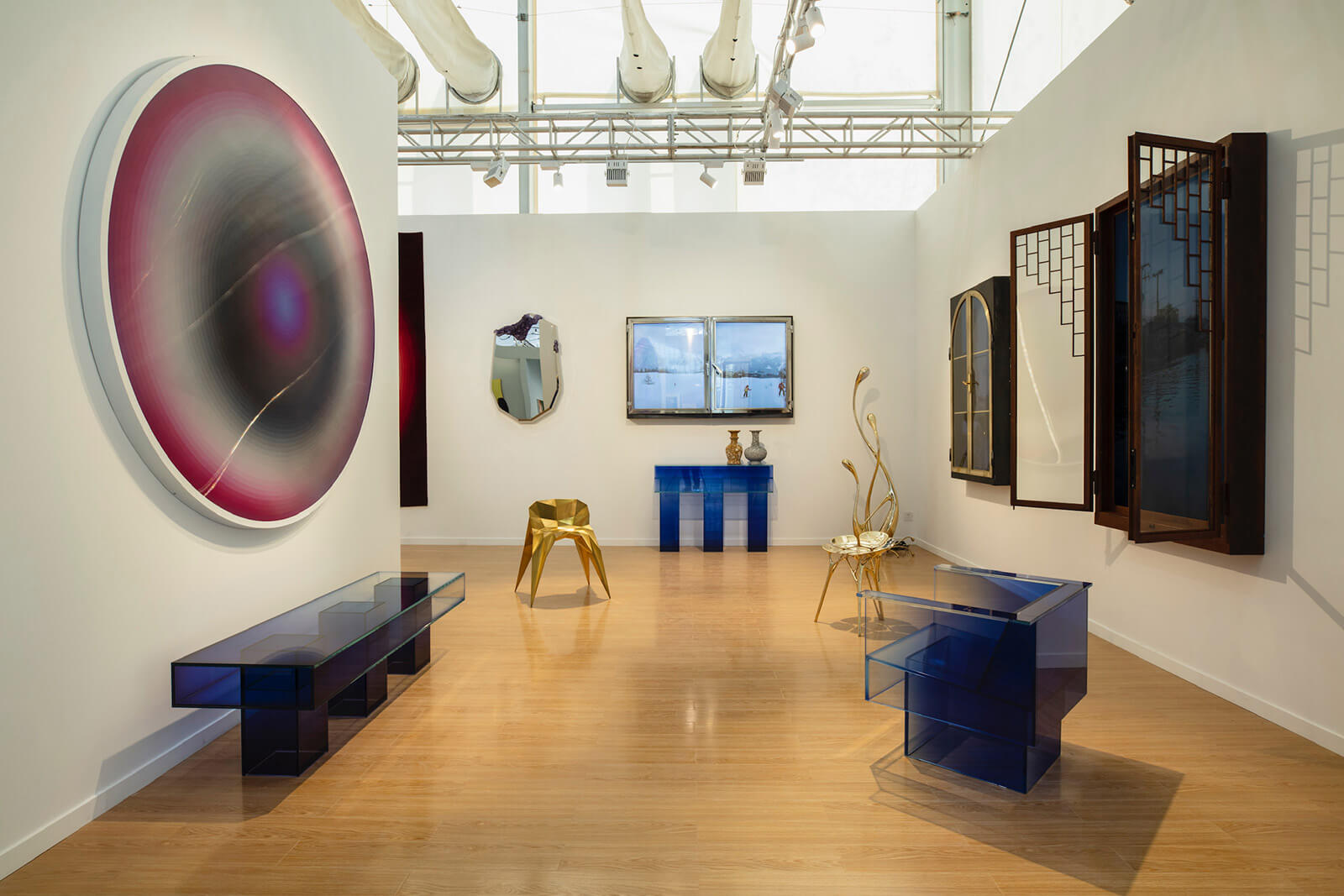
Installation view, Gallery ALL at West Bund Art & Design 2019
COURTESY: Gallery ALL
How did you get started?
Xiao: The dean of USC architecture school at the time was Chinese, and we wanted his advice. It took six months to get an appointment with him, but then he met with us for two hours and liked our idea so much that he became one of our first investors.
Yu: We began with a showroom in downtown LA. But we realised our customers didn’t want to take the time to travel downtown. We had started another US business in partnership with a major Chinese fashion designer, and opened two stores – one in Beverly Hills, and another in Costa Mesa – selling clothing, jewellery, shoes, accessories and makeup. We thought “Why not bring the pieces to where the clients are?” and put furniture displays into both stores. That’s done very well, but we want a more formal design showroom, so we’re opening one this month in Culver City in the new Helms Design Center.
Xiao: I’ve been working on both companies at the same time. I’m in the gallery during the day, then go home at night and do e-commerce transactions for the fashion company. It’s a very different experience … you can have 1,000 sales in a day with e-commerce. The design market is still relatively small.
What was the hardest part?
Yu: Some of the factories used to make industrial products — for instance, the metal factory made sports cars — so we had to train them to make higher-level goods. Every piece has to be perfect: once they leave China, there’s no going back. And we’re continually training new craftsmen, since the original ones are getting old and retiring. We have a full-time team in China to oversee production and quality control. We communicate every day, and I travel to China up to seven times a year.

Zhipeng Tang, ‘33 Step Chair (Large)’, 2019
COURTESY: Gallery ALL
What was a key turning point?
Yu: Probably our first fair, which was Design Miami. We got in right after we started, and it’s been very successful for us. We’ve been invited to many shows, and we do several each year. But the most important thing is having good artists — otherwise, it doesn’t matter how many fairs you go to.
Xiao: Every year has been better than the last year. Once you know more people, more opportunities open up.
How do you get started with designers?
Yu: If you’re a young gallery, artists have to think about why they want to work with you. Now that people know us, more good artists are approaching us. Our biggest advantage is that we can control production and quality. That’s made it easier to recruit artists. We started with two artists, and now have about 30. Most of those we represent are Chinese, but not all. We were referred to Michael Young through a connection, but I just called Ross Lovegrove, and began working with both of them before even meeting.
How do you work with them?
Yu: We help them to develop their designs. We don’t tell them what to make, but we give them feedback on what does well, or what products we need.
Xiao: If we like the work, we put our effort into developing it — investing time and money.
Yu: But we learned that the artist can be more important than the work. If they are difficult to work with, we don’t continue.
Xiao: Making good art isn’t enough. The artist needs to be able to interact with people in the business world.
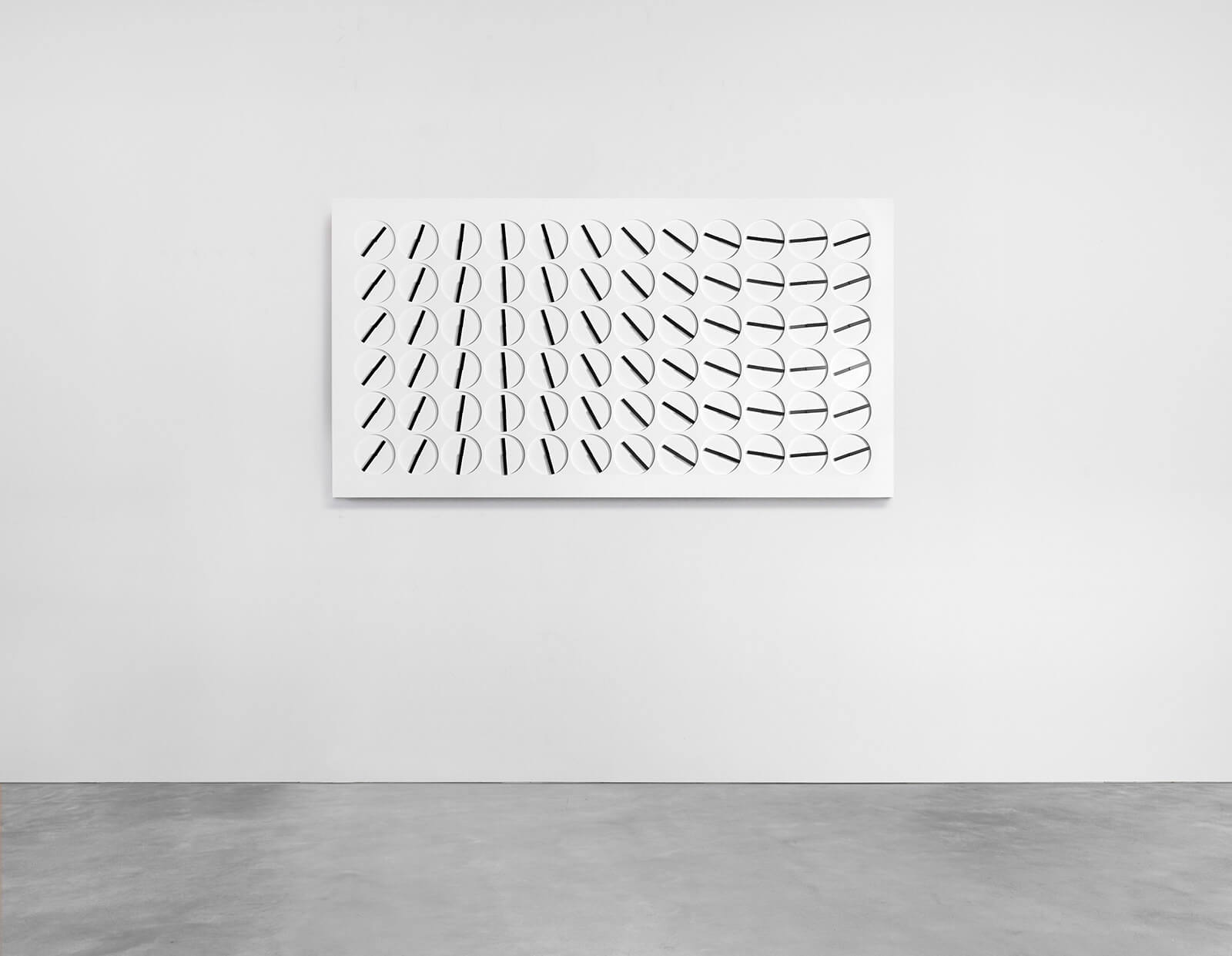
Humans since 1982, ‘A million Times 72’, 2014
COURTESY: Gallery ALL
What do you do best?
Xiao: I’m best on the analytical side, and Yu is more creative. Usually it’s the woman on the creative side and the man runs the business, but we’re the reverse.
Yu: Xiao manages the business, and I work with artists developing the products. As an architect, I like to create things.
Do you have a favourite among the pieces you’ve handled?
Yu: We almost always buy the prototypes, so there are a lot of pieces in our house … all favourites!
Xiao: At first I didn’t know as much about design, but now I know which pieces are special.
What have been your most memorable moments in business?
Xiao: For me, every sale is a fantastic moment!
Yu: Does this count? One year in Basel, a woman bought two pieces and asked for a friends-and-family discount. I didn’t know who she was until a friend said to me, “You just sold something to the most famous family in Switzerland.” It was Roger Federer’s wife.
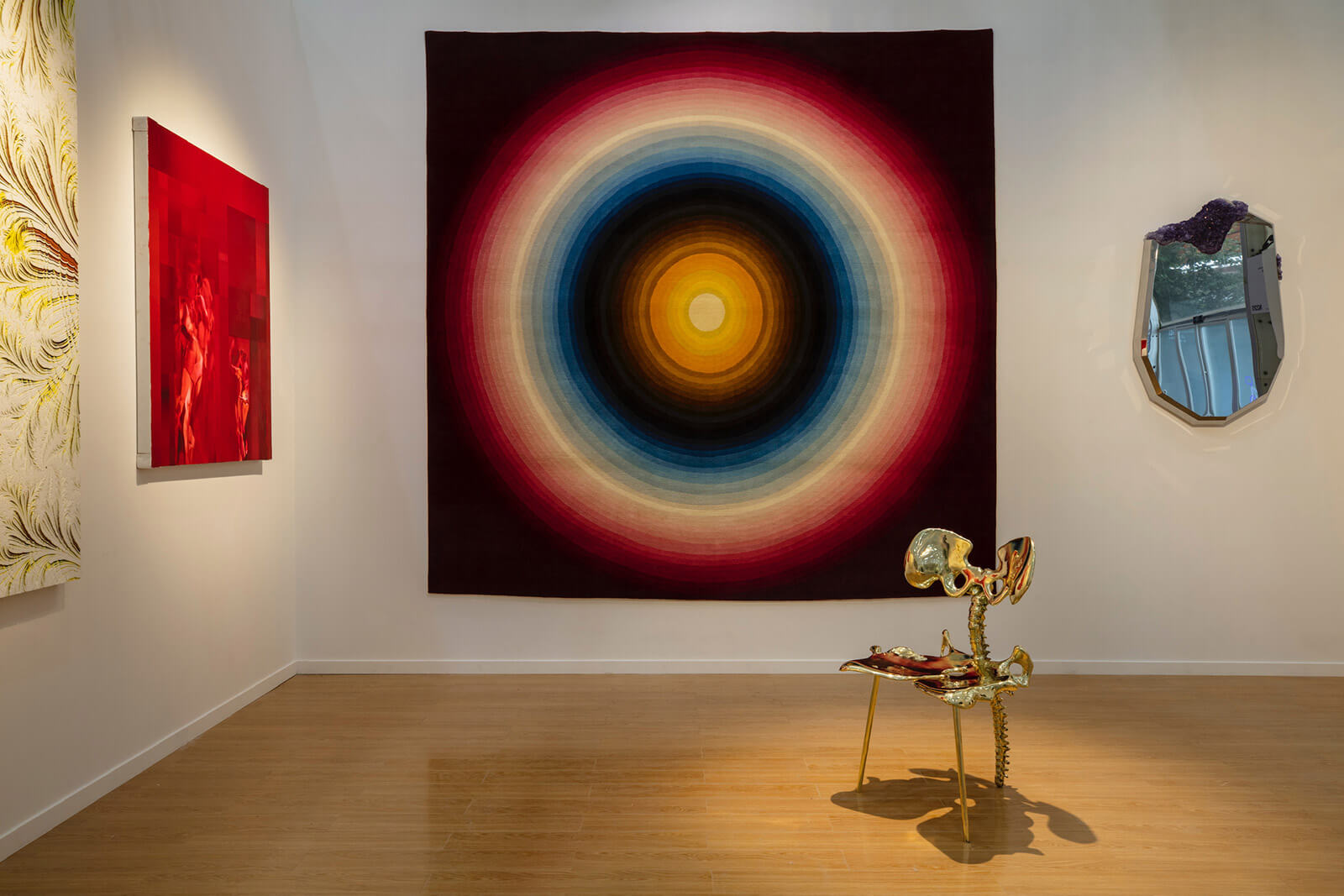
Installation view, Gallery ALL at West Bund Art & Design 2019
COURTESY: Gallery ALL
What are you looking forward to in 2020?
Xiao: This year is going to be a turning point for us. We’ll be opening our app, and it will benefit other galleries, too. We’re bringing new technology to an old industry.
Yu: And we’re entering the fair business. Xiao is curating the ‘Collectible Design’ part of Design Shanghai in March.
Xiao: It has my name on the contract, but we’re doing it together. This year could be a turning point also for fairs … everyone was doing fairs a few years ago, but now many galleries are pulling back because they’re so expensive.
Yu: Chinese fairs cost less and we sell more there. We’re seeing business in China really take off. I think it’s going to be one of the largest markets for design, and by next year it will probably be our biggest one.
Xiao: Our roots are still in China. And there’s a huge market there, of people in their thirties and forties, and even older ones influenced by their children who went abroad to school, came back and told their parents what they should buy.
Yu: I want to build a collection of pieces that will last and be passed down to the next generation.
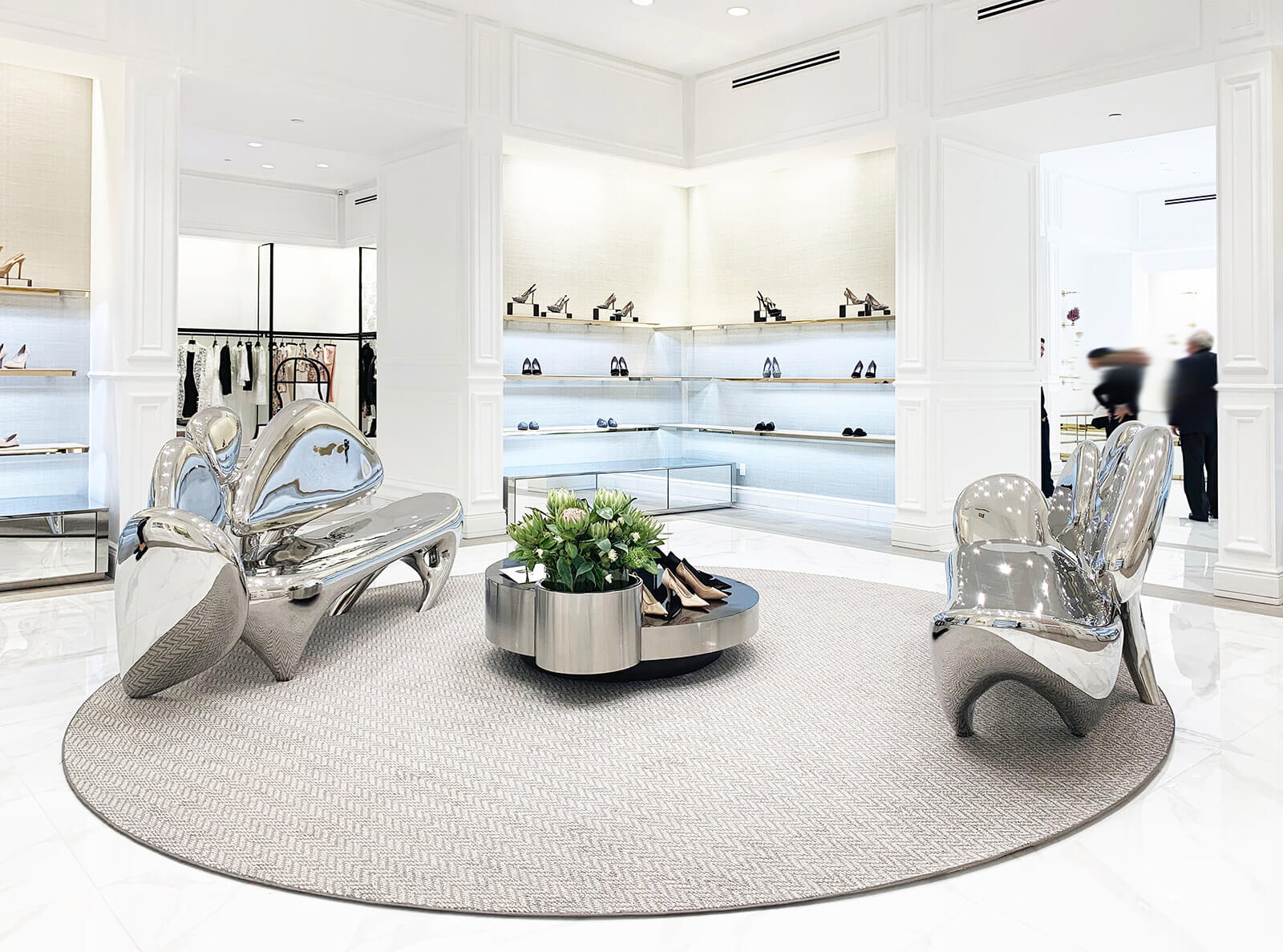
Installation view, Gallery ALL at Eve by Eve’s South Coast Plaza Boutique
COURTESY: Gallery ALL
What do you want to do that you haven’t done?
Yu: I think we’re the youngest dealers in the collectible design market … we’ve both just turned 30, so there are lots of things we’d love to do. I’d love to design a car.
Xiao: My biggest goal now is to build a business. In China, you’re expected to be established by the time you’re 30, but I think we’re still learning our way. When I’m older, I’ll think about another life.
Yu: I want to cultivate a group of designers to form a movement for 21st century Chinese contemporary design. There’s no Chinese design in design history books, and there are many talented Chinese designers now. China always had good design but it wasn’t seen in the West. I ’d like to be the person behind a Chinese avant-garde movement. That’s my main interest for the next couple of years.
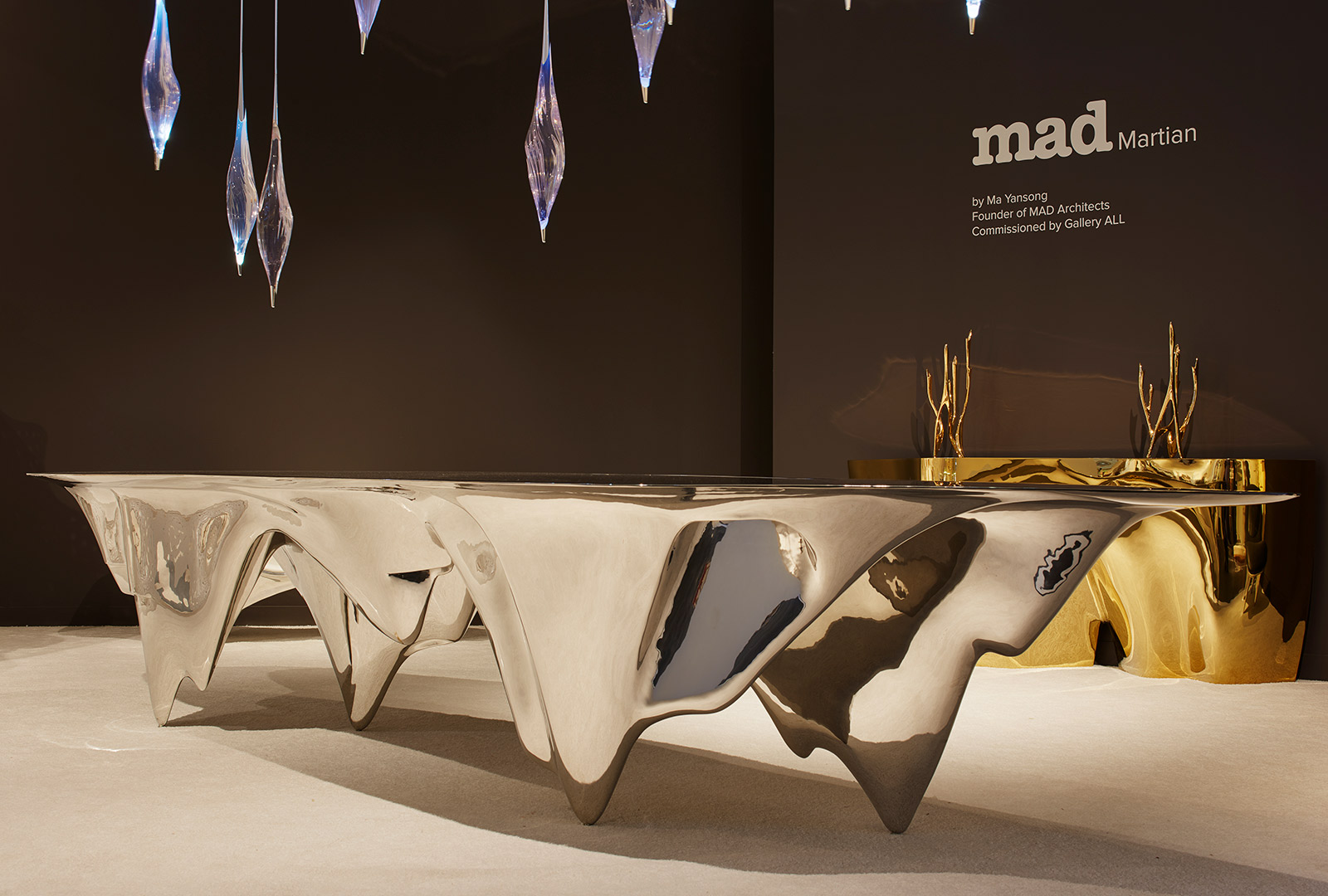
Ma Yansong, ‘MAD Martian Dining Table’, 2017
COURTESY: Gallery ALL
Gallery ALL – representing a distinguished group of contemporary artists in its rigorously curated, multi-disciplinary space at art fairs around the world.
